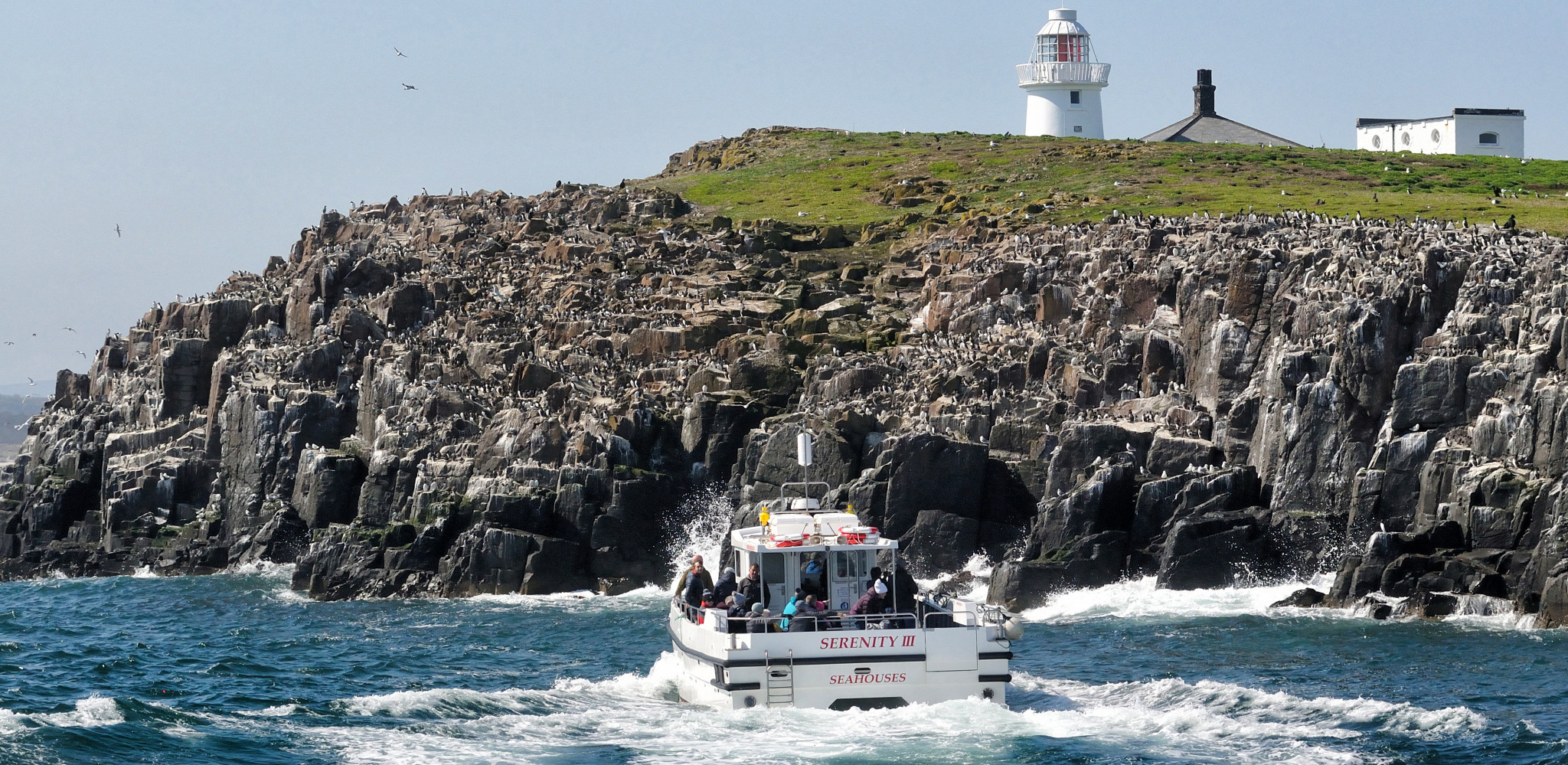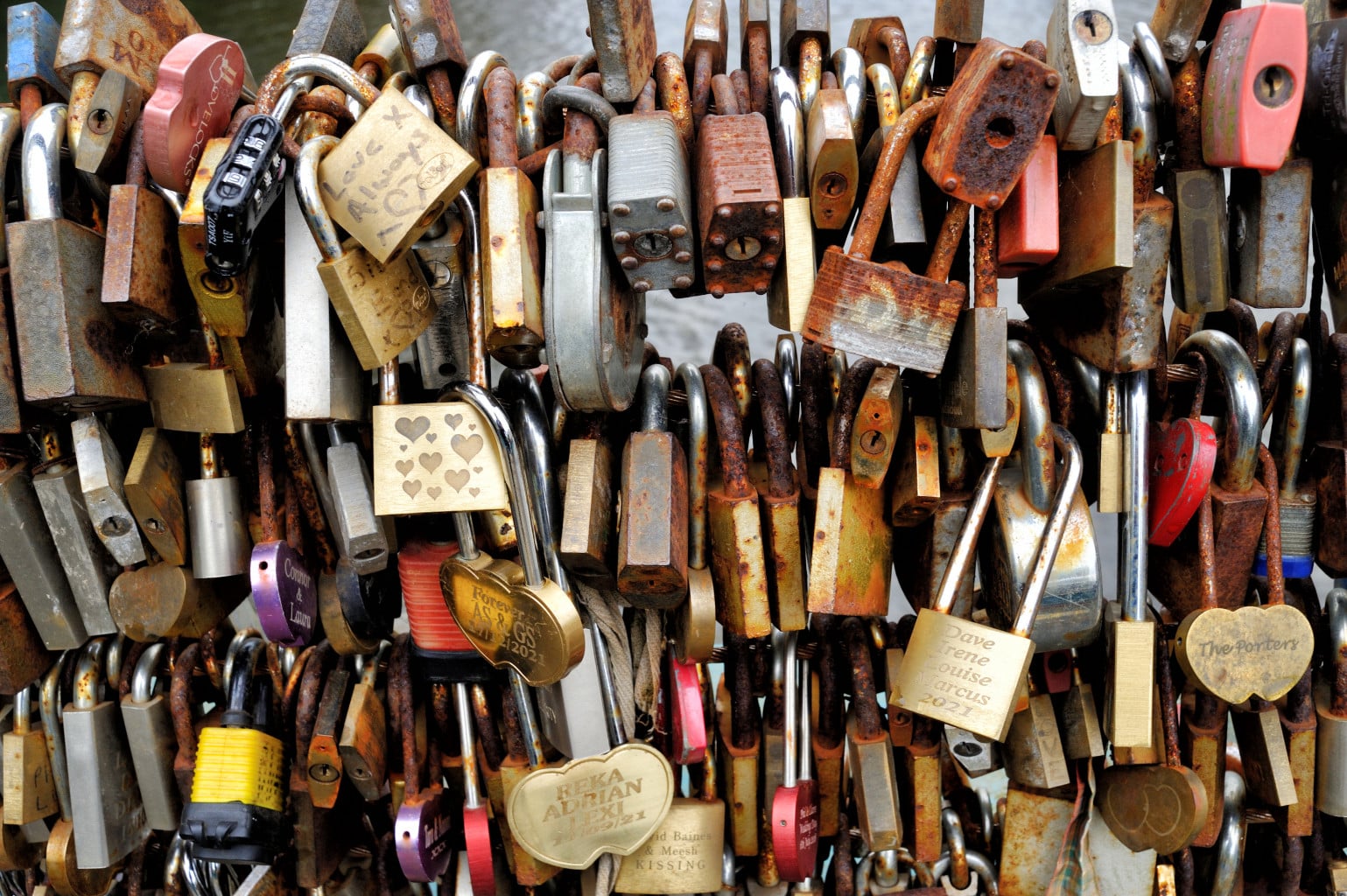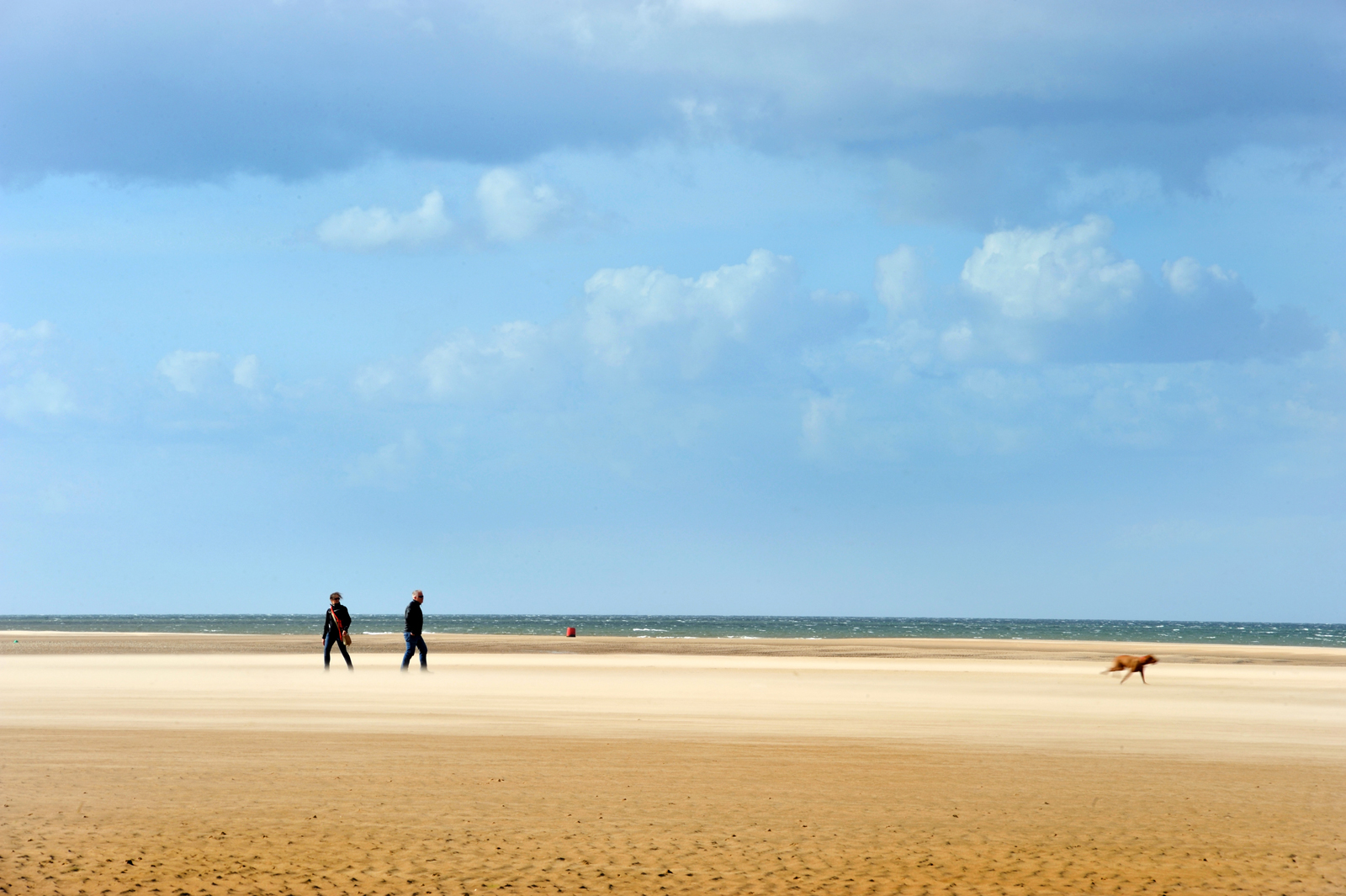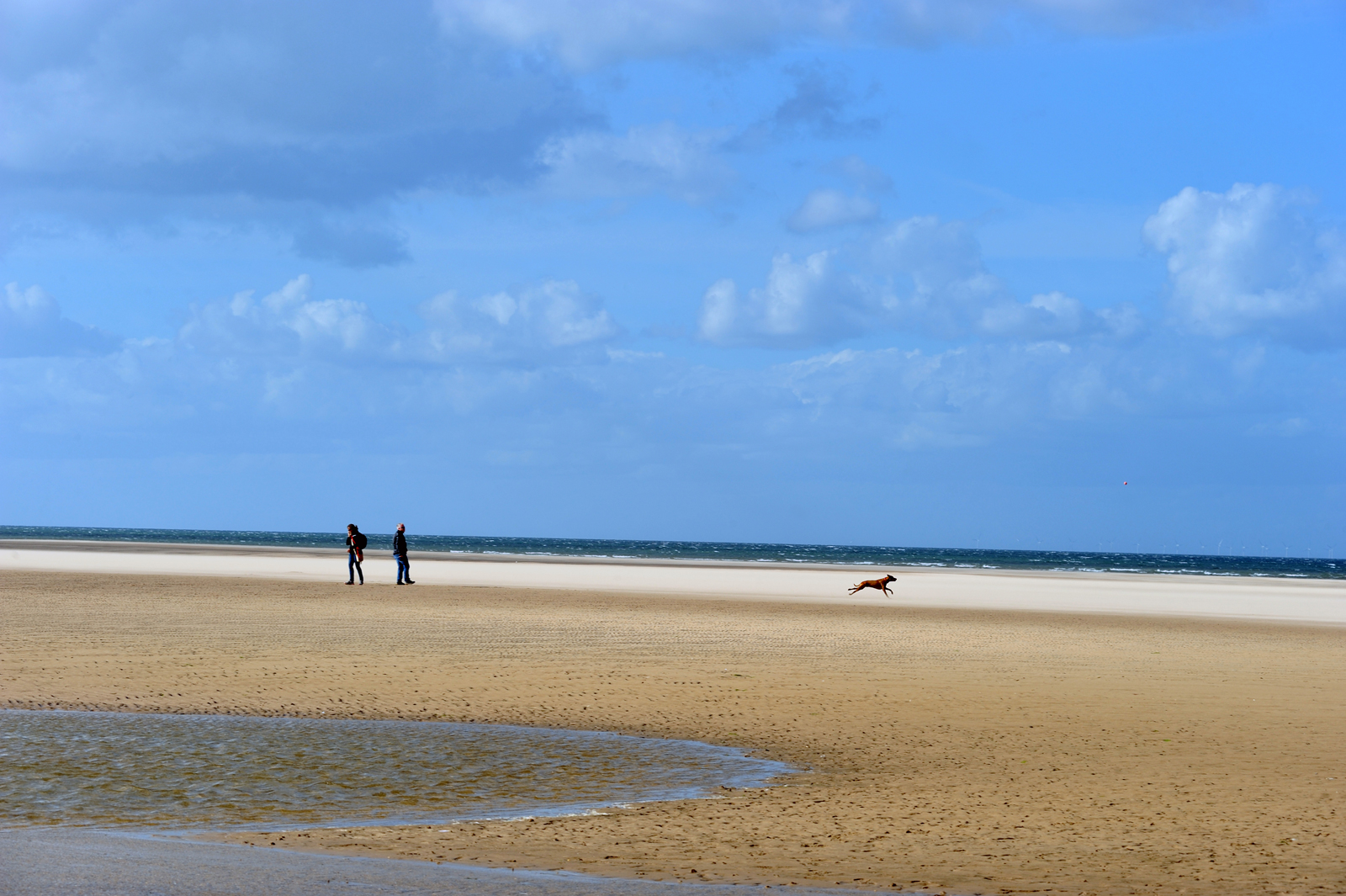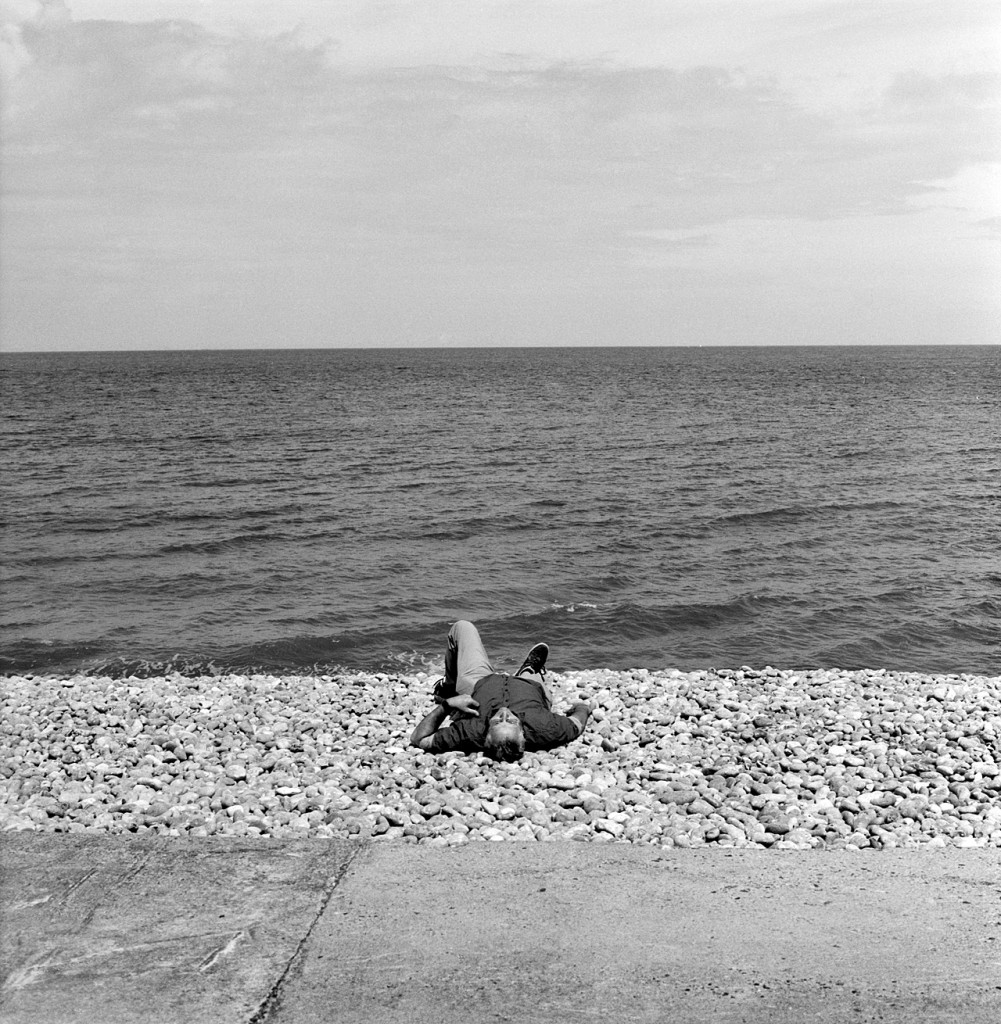Northumberland: Castles and Coast
Castles and Coast
Over the years, the northern county of Northumberland has played a pivotal role in my life as a photographer. It remains my favourite English county due to its rugged landscape and fascinating history. The landscape, shoreline, castles and history of Northumberland come together to create the perfect canvas for photographers. Around the same time as my visit, the photojournalist John Tordai visited the county as part of the Photographer’s Britain book series. Tordai had been brought up in Northumberland and the book was a fond look at the landscape, people and history of the ancient county. The fantastic documentary images remain a big influence on my work to this day. A small selection of images from earlier visits will be added to this gallery at a later date.
Northumberland

To say that the county has a rich history would be a bit of an understatement. As a border county with Scotland, Northumberland has seen its fair share of events that have defined the county’s history. The south of the county saw the rise of the Industrial Revolution with shipbuilding, coal mining and armaments manufacturing. Cragside House near Alnwick is an example of the wealth generated during the Victorian and Edwardian periods. it is the north of the county, however, that I’ve always found more fascinating with the castles, coastline and rugged landscape providing a lot of source material for the photographer to work with.
Once you get out into the more rural and rugged areas of Northumberland it comes as no surprise to find out that the Northumberland is the least densely populated county in England. Northumberland also has more castles than any other county in England, including those at Alnwick, Bamburgh, Dunstanburgh, Newcastle and Warkworth.
Bright Light and Bumpy Seas
The weather certainly did smile on me that week. A mixture of blue skies and clear sunshine combined with occasional more moody and darker weather. The light quality was just perfect and that helped with finding photographs in the locations visited. I had wanted to visit Lindisfarne, otherwise known as Holy Island, but time and tides got in the way. Making the most of the time on the island would have been tough due to a very early low tide. An exciting alternative idea for a return is to take a boat trip along the coast from Seahouses to Lindisfarne where the boat docks to let people look around the ancient island. Something to consider on another visit.
The sense of emptiness is always there with Northumberland. The beaches especially provide a space to be able to wander off and barely see another human for some time. Bamburgh Castle has always been a great place to try to photograph the iconic building in a new fresh way. The first images were taken from a grassy dune infested with midges around a mile south-southeast of the castle back in 1992. Some fifteen years later the photographs were taken close to and around the castle in the village of Bamburgh. For the most recent images, the location was further along the beach heading towards the distinctive Bamburgh lighthouse near some brightly decorated World War Two sea anti-tank defences painted as Rubik’s cubes, dice and toy bricks.
The biggest challenge and thrill came with the tour boat out to the Farne Islands. The wind had made the sea swell rather bumpy which made using a camera just a little more difficult. The movement of the boat and the use of an 80-200mm lens made framing the image in the viewfinder a game of timing and chance. Just the removal of a solid physical foundation to compose and shoot photographs made it so much more of a challenge. The only respite from the waves was as the boat got closer to the shore of the Islands where the waters were calmer.

RFP Podcast: Northumberland Castles and Railroad Landscapes – The Richard Flint Photography Podcast

Bonus Podcast: Favourite Northumberland Photograph Pt2 – The Richard Flint Photography Podcast
Super Fast Puffin Flyer
If you enjoy a challenge then try photographing a puffin in flight. It’s not as easy as it sounds. The Farne Islands has a vast population of Puffins numbering around 37,000 pairs whose agility in the air is quite incredible. Although the puffins seem rather awkward on land they come into their own when they are in flight. They rarely fly in a straight line, Weaving and bobbing in the air at what seem incredible speeds, makes the task of getting a shot of a puffin in flight with a telephoto lens extremely challenging. I took many shots but came away with the opinion that it would take a lot of time and practice to get the photograph I’d be happy with.
The Guillemots colonies were easier to photograph from the tour boat and I was especially pleased with several of the photographs. I even managed to get one with a flyby from a passing guillemot. Fortunately, the movement of the boat was less energetic than further out to sea which helped reduce the problems of correctly framing images. I did wonder how some of the more dedicated bird photographers with their big lenses had got on. I’d found it tricky shooting with a 200mm let alone a 400mm or more.
The Darling Lighthouse
The Longstone Lighthouse looked fabulous in its red and white paint with a blue sky background. The tour guide even pointed out the window that had been Grace Darling’s where she had seen the wreckage of the Forfarshire, a ship carrying 62 people. The Forfarshire had foundered on the rocks and broken in half; one of the halves had sunk during the night. Darling, aged just 22, and her father, William, determined that the weather was too rough for the lifeboat to put out from Seahouses, so they took a 21ft rowing boat across to the survivors, covering a distance of nearly a mile (about 1.5 km). Darling kept the coble steady in the water, while her father helped five survivors into the boat.
Grace’s story after the rescue is sadly a short one. She died from tuberculosis four years later. During that time she became a national heroine for her actions during the rescue. Both Grace and her father were awarded the Silver Medal for Bravery by the Royal National Institution for the Preservation of Life from Shipwreck, later named the Royal National Lifeboat Institution (RNLI).
Monochrome or Colour?
A number of the images in the gallery are in black and white, in some cases next to the colour version of the same image. I’ve added both versions because I couldn’t decide on which I preferred. Some images just worked better in black and white. I do enjoy working in both colour and monochrome and I can see myself doing more of that in the future. The Mull of Galloway Gallery provided a valuable lesson in not trying to limit the work created to just colour or monochrome. I have found a good workflow for black-and-white images, after probably too long a period of being too set on digital colour photography and being unsure about what digital black-and-white could deliver. It’s just about experimenting and finding some process that delivers the result you want.
My Favourite Image
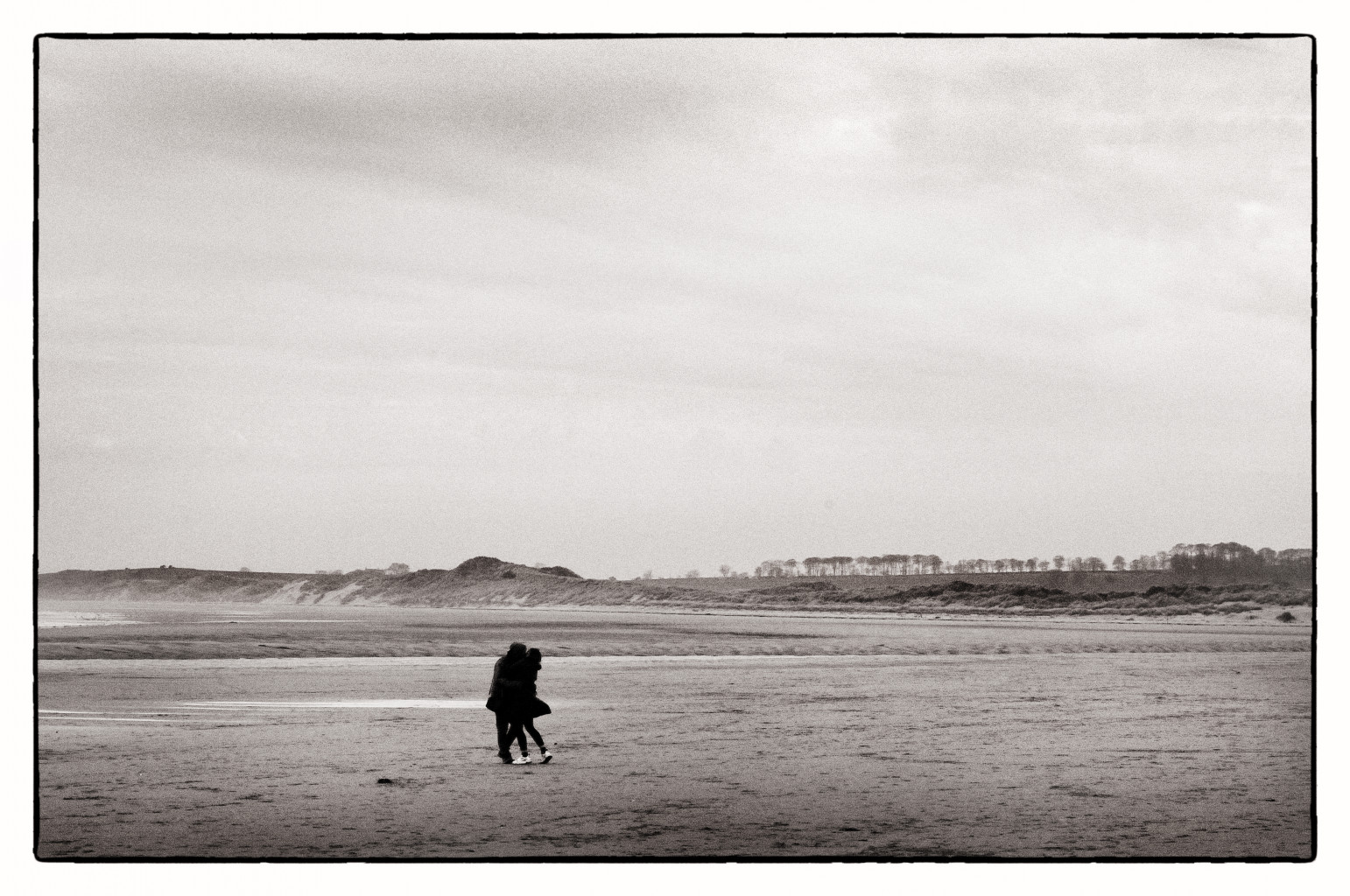
So many great shots were taken during the week-long visit to Northumberland. I recorded a couple of podcasts detailing my favourite photos, and to be honest I cheated and picked two. For this page though I’ll stick with one image – the couple on Alnmouth Beach. There are two versions in the gallery. One colour and the other the image I’ve chosen. I like both but prefer the monochrome tones better. I think it concentrates the viewer on the couple without the distractions of the yellow, green and blue tones of the colour version.
There is also something else there. Photographs usually say a lot about the photographer who has taken the image. The sheer sense of fun and joy shown by the couple adds an element of envy. Who wouldn’t want to be young and in love again? Are they embracing because they have just got engaged? Or is it because they are just having some fun on an empty beach, enjoying the distraction-free moment of just being together?
We’ll never know.
Photography Prints
If you would like to purchase a print of one of the photographs seen in this gallery, the Richard Flint Photography RedBubble store has a wide range of images available.
Framed prints, canvas prints, art boards, metal prints, acrylic blocks plus lots more can be found on the RedBubble store HERE.

